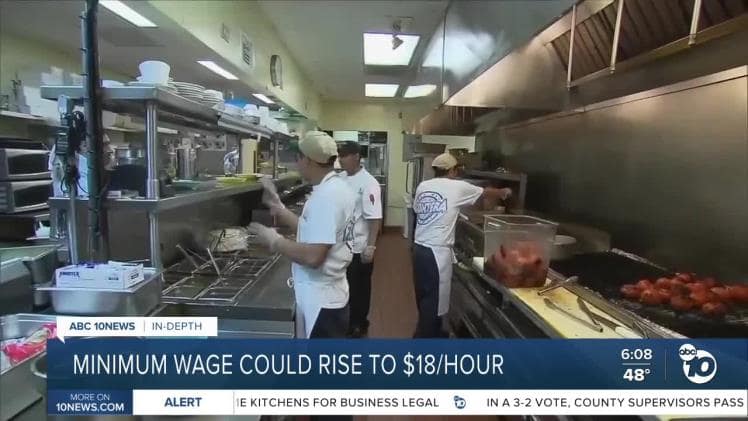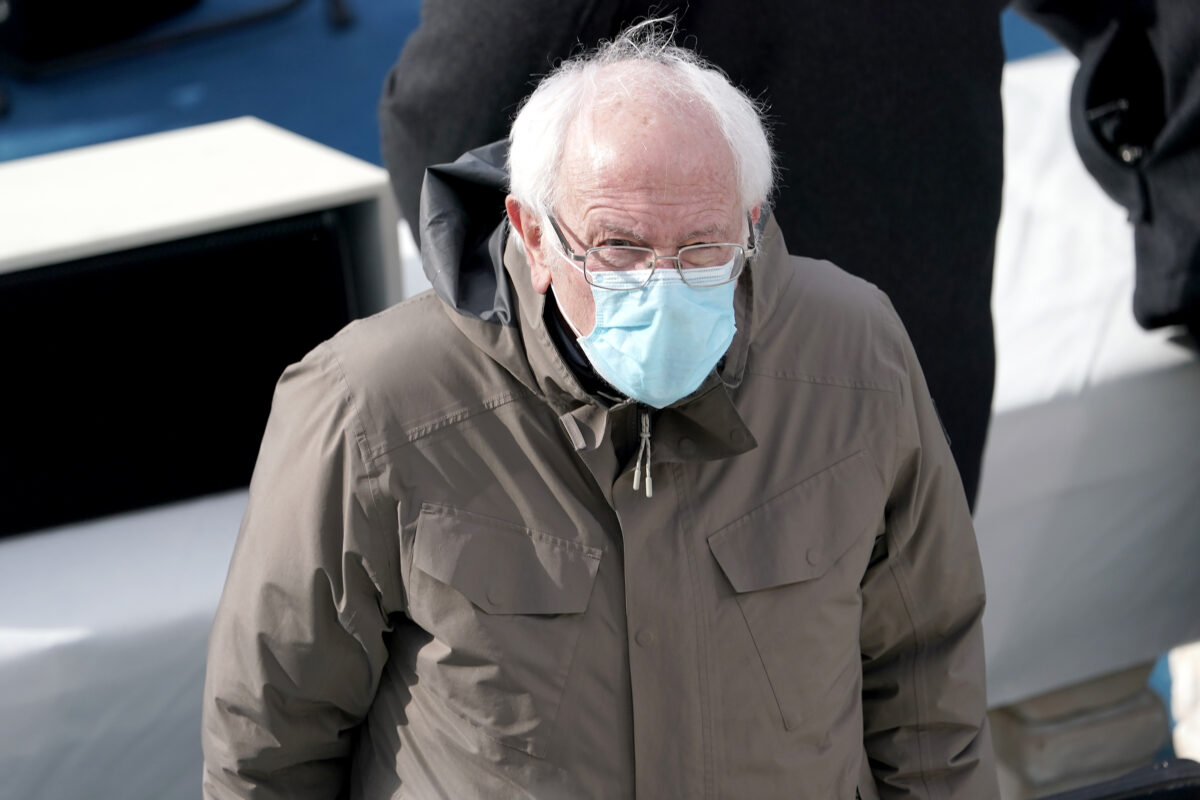https://www.cbo.gov/system/files/2019-07/CBO-55410-MinimumWage2019.pdf
Minimum Wage Mandate in Biden’s Pandemic Relief Plan Estimated to Wipe Out 1.3 Million Jobs.
According to a July 2019 estimate by the Congressional Budget Office, raising the federal minimum wage to $15 would lead to the
loss of 1.3 million jobs while boosting the wages of 17 million workers.
In an average week in 2025, the $15 option would boost the wages of 17 million workers who would otherwise earn less than $15 per
hour. Another 10 million workers otherwise earning slightly more than $15 per hour might see their wages rise as well. But 1.3
million other workers would become jobless, according to CBO’s median estimate. There is a two-thirds chance that the change in
employment would be between about zero and a decrease of 3.7 million workers. The number of people with annual income below the
poverty threshold in 2025 would fall by 1.3 million.
The $15 option would affect family income in a variety of ways. In CBO’s estimation, it would:
Boost workers’ earnings through higher wages, though some of those higher earnings would be offset by higher rates of joblessness.
Reduce business income and raise prices as higher labor costs were absorbed by business owners and then passed on to consumers;
Reduce the nation’s output slightly through the reduction in employment and a corresponding decline in the nation’s stock of
capital (such as buildings, machines, and technologies).
On the basis of those effects and CBO’s estimate of the median effect on employment, the $15 option would reduce total real
(inflation-adjusted) family income in 2025 by $9 billion, or 0.1 percent.
https://www.cbo.gov/system/files/2019-07/CBO-55410-MinimumWage2019.pdf
Minimum Wage Mandate in Biden’s Pandemic Relief Plan Estimated to Wipe Out 1.3 Million Jobs.
According to a July 2019 estimate by the Congressional Budget Office, raising the federal minimum wage to $15 would lead to the
loss of 1.3 million jobs while boosting the wages of 17 million workers.
In an average week in 2025, the $15 option would boost the wages of 17 million workers who would otherwise earn less than $15 per
hour. Another 10 million workers otherwise earning slightly more than $15 per hour might see their wages rise as well. But 1.3
million other workers would become jobless, according to CBO’s median estimate. There is a two-thirds chance that the change in
employment would be between about zero and a decrease of 3.7 million workers. The number of people with annual income below the
poverty threshold in 2025 would fall by 1.3 million.
The $15 option would affect family income in a variety of ways. In CBO’s estimation, it would:
Boost workers’ earnings through higher wages, though some of those higher earnings would be offset by higher rates of joblessness.
Reduce business income and raise prices as higher labor costs were absorbed by business owners and then passed on to consumers;
Reduce the nation’s output slightly through the reduction in employment and a corresponding decline in the nation’s stock of
capital (such as buildings, machines, and technologies).
On the basis of those effects and CBO’s estimate of the median effect on employment, the $15 option would reduce total real
(inflation-adjusted) family income in 2025 by $9 billion, or 0.1 percent.














